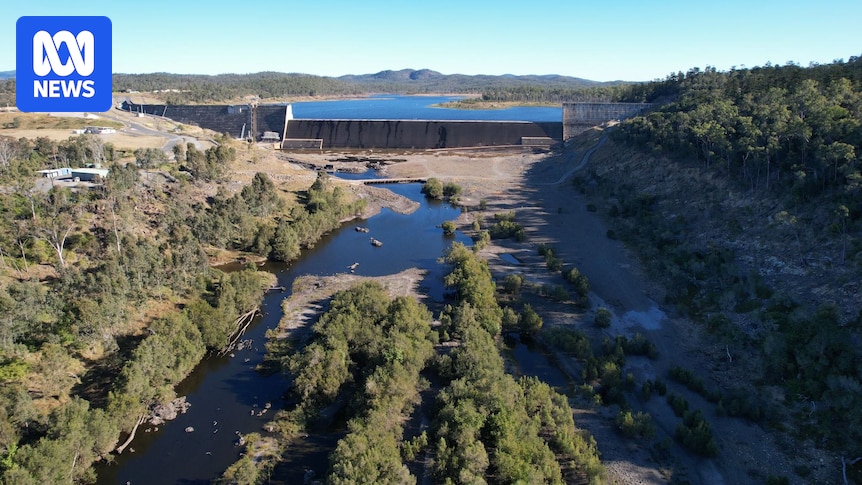
More than 53 hectares of bushland and riverine habitat are slated for clearance to facilitate a significant upgrade to a regional Queensland dam. This development has sparked environmental concerns, particularly regarding the impact on protected species such as the lungfish and turtles.
Construction on the new Paradise Dam is moving forward as Sunwater completes major road upgrades and access improvements to the site on the Burnett River, located approximately 80 kilometers southwest of Bundaberg. The upgraded road network includes the widening of crests, bitumen resurfacing, and the construction of a new 57-meter dual-lane bridge at Degilbo Creek. According to Burnett MP Stephen Bennett, these enhancements will support the delivery of the project.
“This is a complex, multi-year project and construction will require significant heavy-vehicle use to transport equipment and materials to and from the dam,” Bennett stated.
Background and Project Details
The $4.4-billion rebuild was initiated in 2024 after Sunwater disclosed that the existing dam’s structural issues were irreparable. A new dam wall is planned to be constructed approximately 90 meters downstream from the current failing structure. Geotechnical investigations are currently underway to confirm the foundation conditions for the new wall, alongside trials on the concrete mix for the future build. The detailed business case for the project is anticipated to be completed by early 2026.
Environmental Concerns and Wildlife Impact
The Wide Bay Burnett Environment Council (WBBEC) has voiced significant concerns about the potential impact on the white-throated snapping turtle and the Australian lungfish, which is listed as vulnerable due to its declining population and habitat loss.
“If you’ve got a 36-meter dam wall across the river — you’re going to have to have impacts on the species,”
said Roger Currie, president of WBBEC. “Governments don’t worry about the impact … they just simply want the project created and … worry about the impacts later on.”
In August, the Paradise Dam was designated a coordinated project, aiming to streamline the approval and consultation processes. “It enables the coordinator-general to facilitate environmental approvals to meet Queensland and Australian government requirements,” a spokesperson for the state’s coordinator-general explained.
Sunwater’s chief executive, Glenn Stockton, expressed that this designation has clarified the path forward. “That sets us with an environmental approvals pathway, which is really important,” he noted. “Our preliminary design and planning indicate the construction footprint of about 53 hectares.”
Mitigation Measures and Future Steps
Mr. Stockton acknowledged the potential impacts on some species and emphasized the importance of mitigation plans. “As we work our way through there will be detailed plans about how we may mitigate or manage those,” he stated. “That is a really important part of the process today.”
The existing dam wall features a “bucket system” to assist fish in moving upstream over the structure. Mr. Stockton mentioned that this technique is being considered for the new project. “The design process will have to engage experts in how we manage and effectively support the fish upstream and downstream,” he said.
Sunwater has been conducting surveys of flora and fauna across the affected area, with plans to provide this information to the coordinator-general for consideration. Additionally, there will be an offset requirement for Sunwater to establish an equivalent habitat elsewhere to compensate for the loss of native vegetation and biodiversity.
The announcement comes as environmental groups continue to advocate for the protection of vulnerable species and call for comprehensive assessments to ensure that the ecological balance is maintained. The move represents a critical juncture for balancing infrastructure development with environmental preservation, a challenge that resonates across similar projects worldwide.






